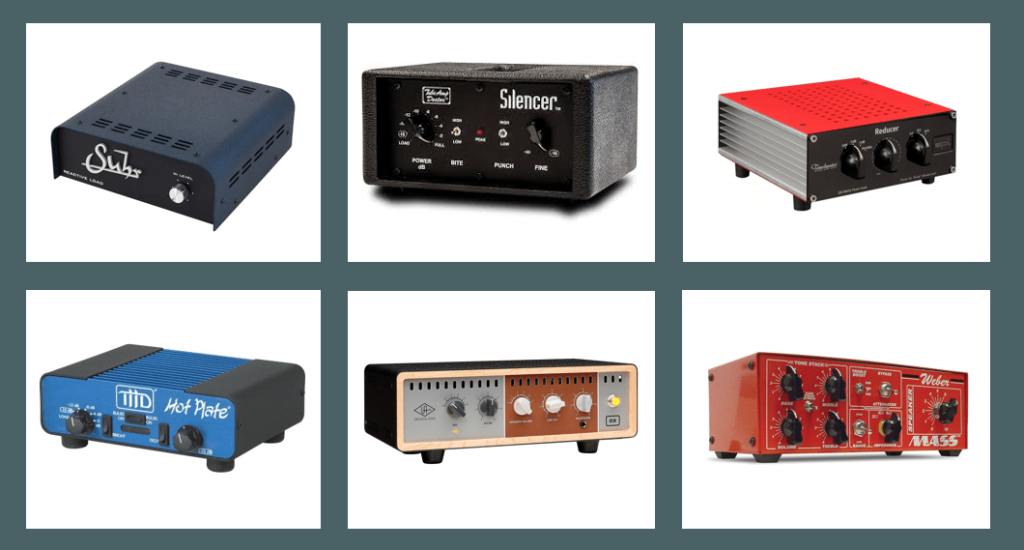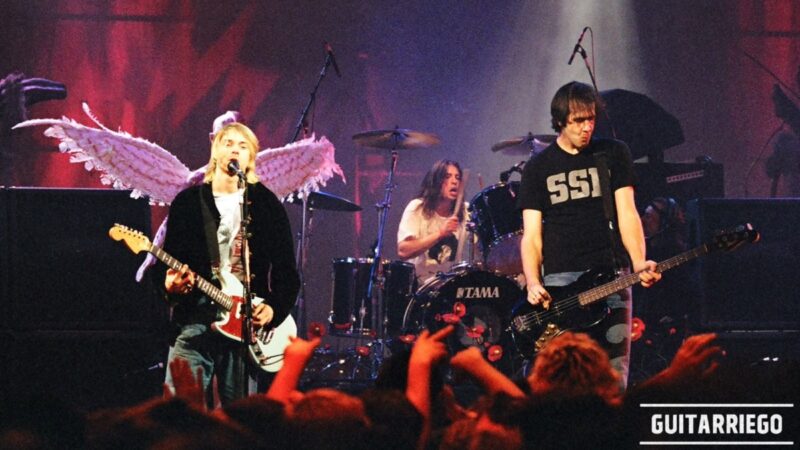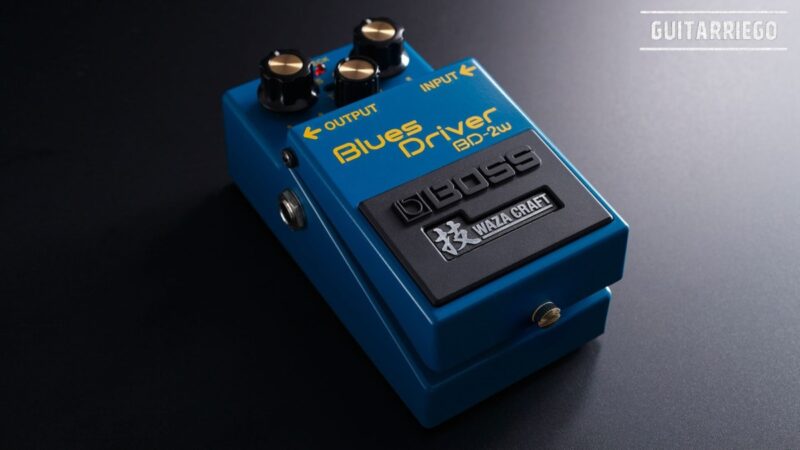The use of guitar amp attenuator: debunking myths

By Eric Jacobs (*)
In this article we tell you everything you have to know, advantages and disadvantages of using the different types of guitar amp attenuator.
The desired power saturation
Typical guitar rigs range from 15 to 100 watts. There are lower or higher power as well, but the most popular range is in the order of 30 to 40 watts.
Many want to achieve the beautiful sound that the output stage produces on fire, that is, saturation of the power stage. This can only be achieved in a valve by increasing the volume.

The teams with Master do not saturate the power stage, they do so at some previous stage, just like the multichannels that saturate the pre. The harmonic content of these saturations is different from saturating the power stage. This is due to several factors, but fundamentally it has to do with the close relationship between the output valves, the output transformer and the speaker. That equation produces the magic, and whatever element gets in the way alters the harmonic content or tone.
Equipment with output power selection
In many computers there is a key that allows you to lower the power by half: for example, from 100 to 50 watts or 50 to 25 watts. But that halving in power only produces 3 dB reduction in sound pressure, that is, in the volume we perceive.

Speakers play too
This SPL (sound pressure or volume) depends in equal parts on the power of the equipment and the sensitivity of the speakers. This means that lower powered equipment with more sensitive speakers may sound louder than higher powered equipment.
By reducing the power in half and the number of speakers in half we can lower 6dB, but there is going to be some tonal sacrifice.

The reality is that due to the logarithmic characteristic of the ear, to lower the volume by half you have to reduce 10dB. This is equivalent to going from a 100 watt device to a 10 watt one. And many times the reduction requirement can be even higher, for example 20 or 30dB. This respectively equals 1 watts and 0.1 watts. Every 10dB of attenuation we must move the comma one position in the power of the equipment.
Resistive attenuators
There are resistive attenuators that are sandwiched between the output of the equipment and the speaker box to reduce the power delivered to the speaker. At 10 dB attenuation the tone is noticeably affected. Let’s consider that in a 100 watt device, 90 watts are dissipated at the attenuator and 10 watts reach the speaker. If we take the attenuation to 20dB, then 99 watts are dissipated in the attenuator and 1 watts in the speaker.
This has many consequences since the impedance of the speaker is not the same at all frequencies. It has very wide variations, for example an 8 ohm speaker can go 50 ohms on some frequencies. That is what produces the “tone sucking”.

But on the other hand, in some cases, it is the speaker itself that produces certain harmonics by taking it to its mechanical and / or magnetic limits, as is the case with the Alnico Blue. In these cases, the use of attenuators between the equipment and the speaker does not work. We must attenuate later. For this acoustic insulation boxes are used.
Acoustic insulation boxes
These boxes are sealed and with a lot of absorbent material and the speakers and microphones are installed inside. The effect of being a small and sealed space causes the SPL to rise disproportionately which chokes the speaker and at the same time puts at risk of exceeding the limits of the microphone and may even break it.
There are some that are open at one end to avoid this pressure escalation, but to achieve attenuation they have a long internal labyrinth to absorb the energy.

Attenuators with speaker response simulation
Other attenuators try to simulate the response of the speaker using only the part of the motor without a cone, with the intention of keeping the load on the output stage but not producing sound, but it does not work the same as a speaker since it is the cone itself that determines most of the frequency response. This is why using a dummy load or pure resistive load also does not provide entirely satisfactory results.
So the guitar amp attenuator is the solution?
To achieve “that live tone” in small venues it is best to use equipment with reduced power. Less than 10 watts, which poses a problem for a reasonable clean. Hence many use two teams!

If what we want is to record the real sound of a power stage and required speakers, we must bring those parts to the point of demand, avoiding the drowning of the speaker and the mic, and for this the best thing is a room dedicated to miking the boxes.
But this also has its negative connotations, since many times part of the performance requires the speaker-string coupling as part of the musical expression, so the performer must also be inside the sealed room.
There are no shortcuts, no magic bullets. Using guitar amp attenuators inevitably requires sacrificing something.
(*) The author is the renowned manufacturer of amplifiers, pedals and other products “Jake Amps”.
Related Articles: Top 9 tips to improve your tone with your amp and Adequate power from a guitar and bass amp.
For more information and other tips, head over to Guitar Quarter.
You can share opinions or also chat about this and more with other musicians in our comments section.







Please tell me that youre heading to keep this up! Its so very good and so important. I cant wait to read far more from you. I just feel like you know so very much and know how to make people listen to what youve got to say. This weblog is just as well cool to be missed. Great things, actually. Please, PLEASE keep it up!